Innovation Fund 2020
€120,411 supported:
13
members
13
projects
12
countries
53,068
people
Since its launch in 2019, Misean Cara’s Innovation Fund has proved popular with our members and the Fund shows evidence of having long-term positive impact.
Developed to provide members the opportunity to learn from one another’s good practices, members can apply for funding to roll out or adapt effective approaches in their own projects. Members can also apply for funding to try out new approaches within their own projects.
Each year the Innovation Fund focuses on specific themes. In 2020 the theme was innovative approaches to child safeguarding, building on the Transforming Child Safeguarding research published by Misean Cara in January 2020. The report showcased good practice and learning from projects implemented by 13 members across Africa.
Guides were developed by members that outlined innovative safeguarding approaches ranging from the use of witness protection boxes in courtrooms in Kenya (see our 2019 Annual Report) to promoting citizen voice and action in Zambia. The 2020 proposals received had a strong focus on fostering safe environments in schools, the promotion of child- and disability-friendly policies, tackling Gender Based Violence, and safeguarding within communities using rights-based approaches.
We will review the Innovation fund in 2021 to explore the effectiveness of the learning opportunities it provides.
How our members developed innovation in 2020
The Medical Missionaries of Mary developed a blended approach to their safeguarding training programme in 2020, incorporating Zoom workshops, group work and peer review across five East African countries. The aim was to build each region’s knowledge and understanding of safeguarding and child rights and to ensure collective sharing, learning and innovation.
In rural Zambia, Edmund Rice Development’s Western Cluster team developed a Citizen Voice in Action (CVA) model to promote non-adversarial engagement between children as rights holders and parents, community members and government actors (such as the Ministry of Education) as duty bearers. This approach gives children the opportunity to advocate on behalf of themselves and raise issues within their communities.
Recognising the unique risks and challenges for children with disabilities, the Sisters of the Sacred Hearts of Jesus and Mary (Chigwell) are creating a ‘Talking Compound’ at the Victor Braun Special Needs School in Uganda. Interactive and ‘alive’ spaces are developed around the school compound with messages in child friendly language and colourful pictorial imagery, strategically placed in high-traffic areas to educate the children on child protection and their rights.
In Paraguay, children of the indigenous Ava Guaraní’s Jejyty Miri community hold balloons inscribed with COVID-19 safety messages to stay at home and remain within one’s village, a community outreach measure to help prevent the spread of the virus. The children and their families are part of a larger project administered by Misean Cara member the Servants of the Holy Spirit, who worked in partnership with local indigenous leaders to prepare and disseminate materials that inform about the virus and ways to stop its spread. Other project activities have included teaching people how to adopt proper hand washing technique, the making and use of face masks, and putting up posters in local languages that provide information about the virus. In addition, indigenous leaders visited each family in the region to explain about COVID-19, what symptoms to watch out for, and how to report any suspected cases for help and resources. When the leaders and communities decided to implement measures to control the entry and exit of people from the community, education and outreach programmes were developed to help communicate this, including simple techniques such as these balloons that could be shared with friends and family.

